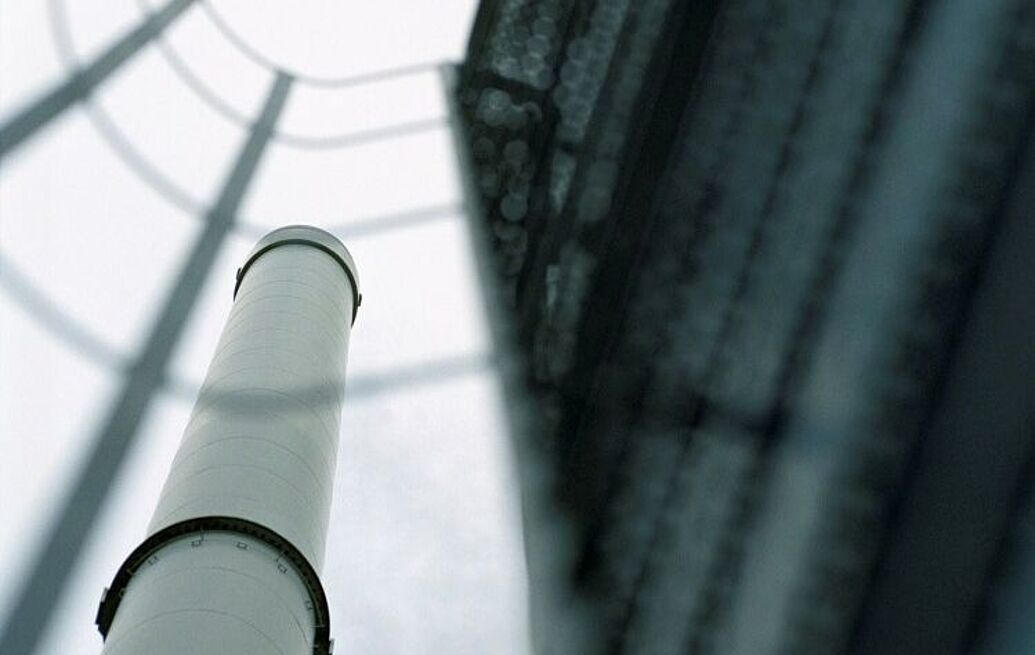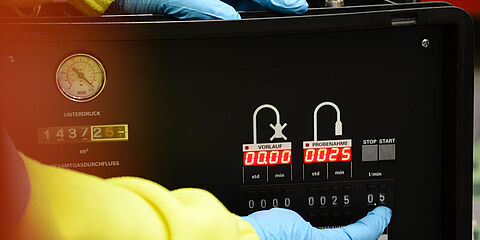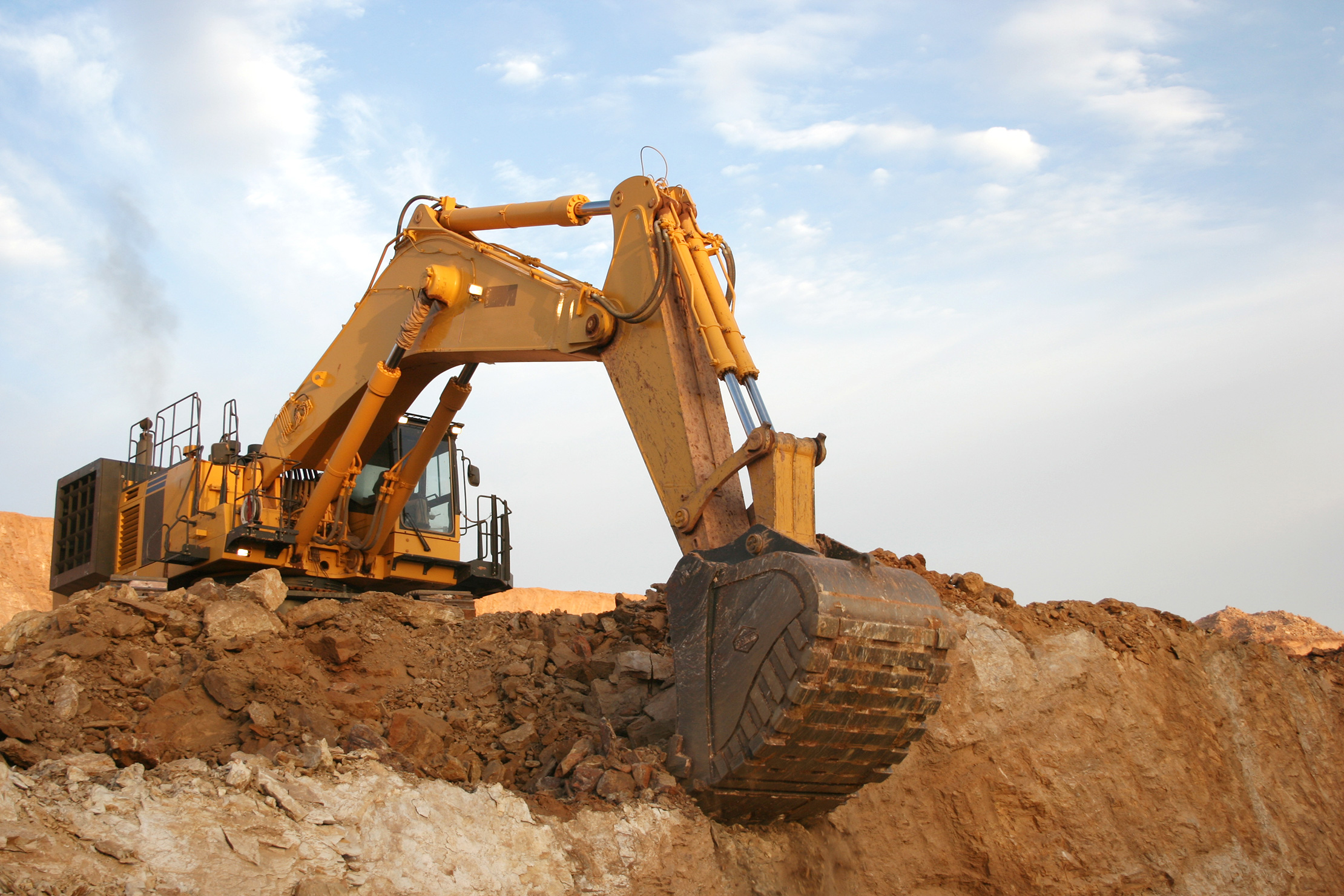Aerosol analysis: measuring airborne particles indoors
Indoor air hygiene and related occupational health and safety aspects have been highly relevant and not only since the Corona pandemic began. Polluted indoor air, for example in offices, schools or other public buildings, can have a negative impact on the health of the people who spend time there.

WESSLING analyses aerosols (airborne particles and liquid droplets) indoors, giving you more clarity about air quality and possible causes of emissions – and enabling you to take targeted countermeasures on this basis. Using state-of-the-art equipment and measurement methods, our experts conduct indoor air particle measurements to determine the origin, composition or concentration of the particles. We take into account even the smallest particles, the so-called ultrafine particles (UFP), in a range smaller than 100 nm.
Aerosols: the services of WESSLING in detail

Aerosols are a composition of particles, such as dust, soot, bacteria, pollen, or liquid droplets with gas or a mixture of gases. Aerosol particles range in diameter from a few nanometres to several hundred micrometres and are so light that they can float in the air. How long they remain in the air also depends on the size of the aerosol particles. Generally, the particles have a high mobility in the air and can be widely distributed in the room.
Identifying indoor emission sources
In indoor spaces, a wide variety of emission sources can be the cause of air pollution. A distinction must be made between the formation of natural ultrafine particles, as in combustion processes, from biological sources and those created during technical processes. The latter include, for example, the grinding of surfaces, welding, (3D) printers or the use of powder materials in production and on construction sites, such as cement or mortar for plastering.
The extensive service portfolio of WESSLING ranges from site inspections, preparation of measurement strategies, on-site measurements to evaluations and assessments. Only if you know the source and exposure to aerosols can you take targeted measures to reduce or avoid immissions and thereby protect the health of your employees.
A summary of our services in the field of aerosols:
- Determination of ultrafine particles indoors (UFP) in accordance with VDI 4300 Sheet 12
- Classification of air purity based on particle concentration according to DIN EN ISO 14644 (ISO classification of cleanrooms)
- Investigation of the dusting behaviour of alveolar particles according to DIN 17199-3
- Testing the effectiveness of indoor air purifiers on-site
- Testing of room air purifiers in the test chamber: determination of the Clean Air Delivery Rate (CADR) following AHAM-AC-1-2020 (modified)
- Analysis of room air cleaners according to VDI EE 4300 Sheet 14 in furnished test rooms at WESSLING or as on-site analysis
- Measurement of aerosols as a basis for safety assessments of cosmetic products (sprays)
- Planning of measurement strategies, on-site measurements and advice on protective measures and the reduction and avoidance of aerosols
Your contact regarding aerosols
- André Schmitz
- +49 2505 89-673
- andre.schmitz@wessling-ce.de

„Our highly specialised experts provide you with reliable and independent results for aerosol analysis. Do you have specific questions? We will work with you to develop a suitable testing concept to solve your problem. “







